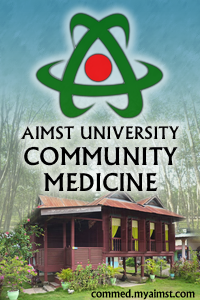Our day started with En. Rahimi taking us on field trip for water sampling, before being led to the Air Pelubang water treatment plant.
Before water can be sampled, the tap is left to run for about 5 minutes to rid it from biased contaminants. During that time, the pressure of the water is checked. If too low the pressure volume, the sample is rejected as it will still be considered biased.
Parameters are checked in water sampling. Such as pH, chlorine and turbidity. Sodium Thiosulphate in the Whirl-Pak is used to neutralize the chlorine. Or else the chlorine will kill the bacteria in the sample. It is then kept in a cool box before the sample is sent to the lab ( has to be sent within 24hours). Or else it will be rejected.
There are 2 reservoirs in Kubang Pasu: Bk. Tinggi (one 5L and one 2L tanks) and Bk. Mengkuang( two 5 litre and one 2L tanks).
At the water tx plant, the source is raw water from Sg Padang Terap. There is a pump house about 300-400metres away from the treatment plant. 10% Alum is added for sedimentation of the contaminants at the start of the treatment. Here the tanks are cleaned once every month. It is then filtered, added with flouride and chlorine before it is clean. Two types of alum system used, one is auto and the other is manual. Manual is plan B incase if there is power failure or if the parameters are too high for the auto system to comply with. At the lab, they check for pH, chlorine measurement and turbidity for clean water.
Incase if there is an overpowering smell, oil, colour of more than 5 even after 2 hours, or turbidity of more than 3000ntu, the water tx plant has to be shut down. SIRIM does an audit once every year for ISO certification.
Footnote: Polymers are not used for sedimentation although that is a more efficient technique due to high maintenance. It requires the tanks to be cleaned once every 4 hours.
By: LynAnt
Source: kubangpasu2010.wordpress.com


